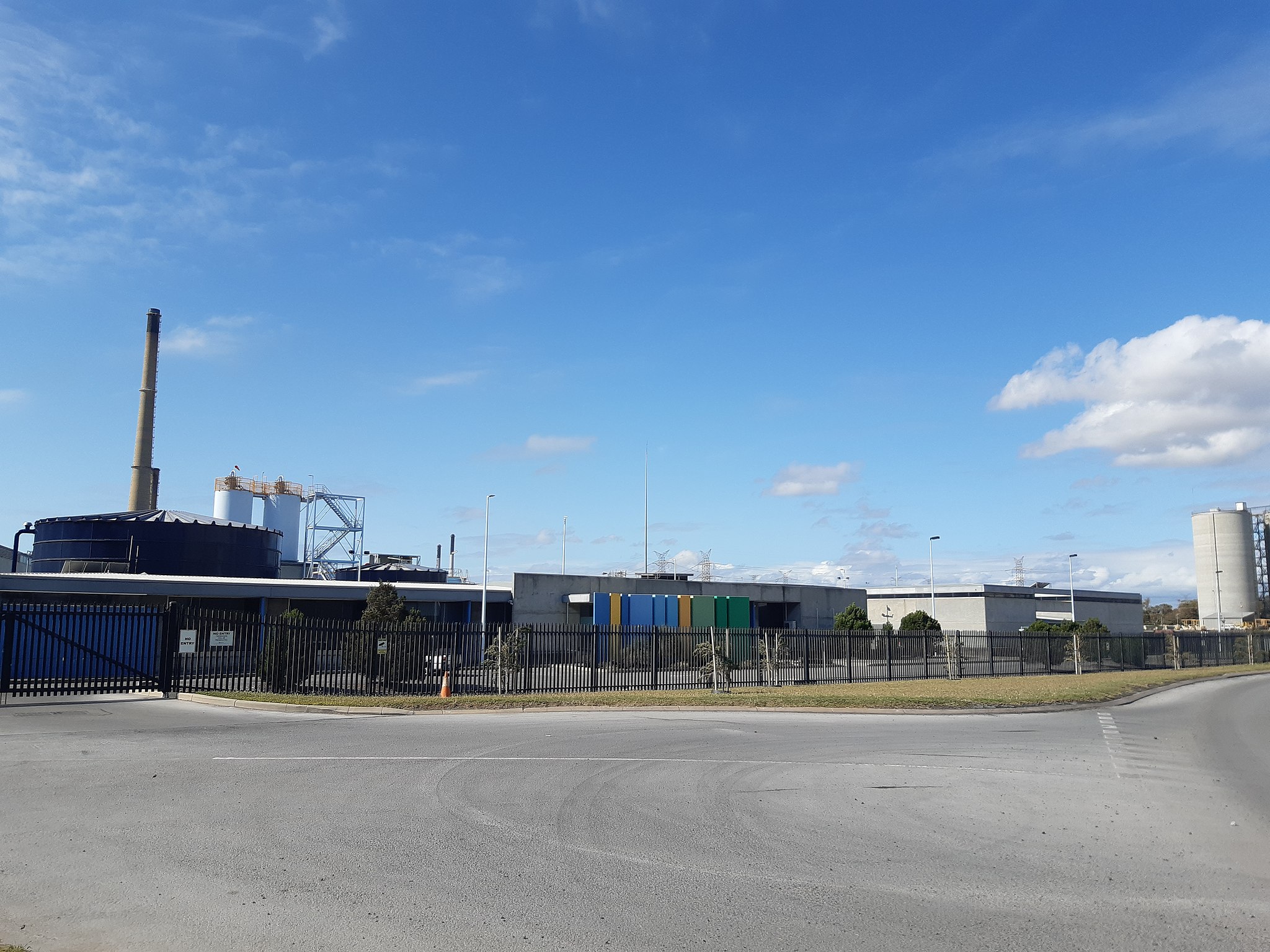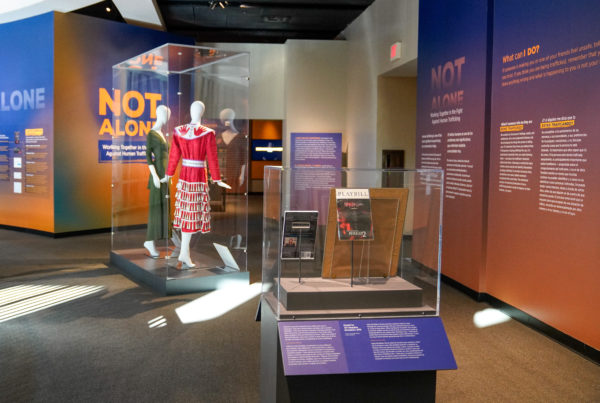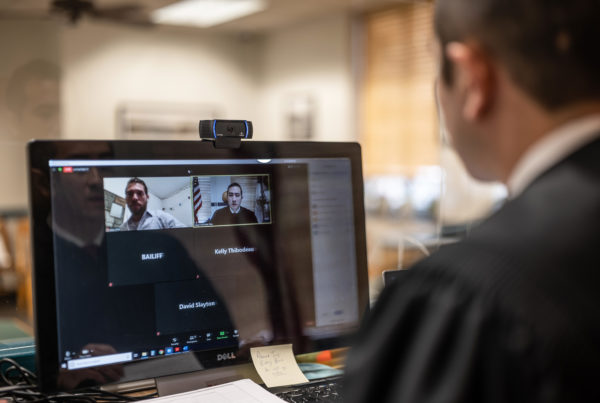Note: A previous version of this post included audio that misstated the location of a desalination plant. The new plant is being constructed in Corpus Christi, not El Paso.
In Texas, water shortages and fights over the resource have been part of the state’s story for just about as long as anyone can remember. But a new breakthrough from researchers at the University of Texas at Austin, along with DuPont, could help speed up, and lower the costs of purifying water by reverse osmosis. In turn, that could ease some of the state’s water woes, as migration and climate change put strain on scarce resources.
Desalination technology itself isn’t new. It’s been around for about 50 years, said Manish Kumar, an associate professor in the Department of Civil, Architectural and Environmental Engineering at UT Austin. But desalination isn’t particularly efficient, and for decades, scientists have struggled with how to improve the polymer membranes used in the reverse osmosis process.
“What we figured out was an electron microscopy technique that you can use where you can actually visualize where the polymer density is higher or lower,” Kumar said. “So if the density is higher, water has to go around it. If water doesn’t go straight through the polymer, then you have more energy that you need.”
Now that scientists are actually able to see where the discrepancies in density lie on these polymers, they can work on making them more uniform, and increase efficiency. That in turn makes the technology more cost-efficient and accessible as a water purification technique. And despite the name “desalination,” it isn’t limited to filtering saline out of seawater. Kumar said that the process also works for organic matter in wastewater, which means cities away from the coasts can use it as well. In fact, he said that using it to purify wastewater is the most sustainable solution.
“Seawater desalination is up to four times more expensive than brackish water desalination. The other important source of water is wastewater reuse,” Kumar said. “Texas doesn’t do as much wastewater reuse as other states. So the most sustainable approach would be to use these membranes to recover our wastewater and not withdraw more water from the ground or go to seawater desalination.”
Kumar said that while desalination isn’t the magic bullet to fix all of our water challenges, it is one tool that can be used to address water shortages now and in the future.
“I think we’ll always be in a bind, but there are ways of doing this sustainably if we think about technology as one of the ways of solving these problems,” he said. “The other way of thinking about it is not just technology, but just planning. Doing more reuse, doing more recovery and conservation. So if you put all that together, it’ll be much more harmonious than what it is at this point.”














